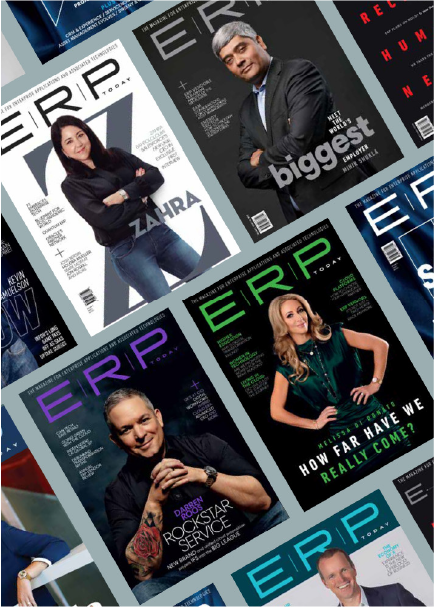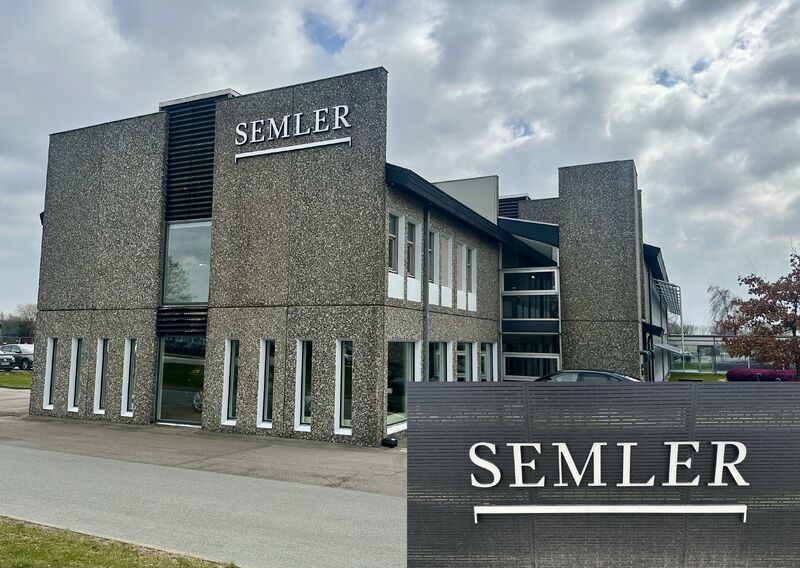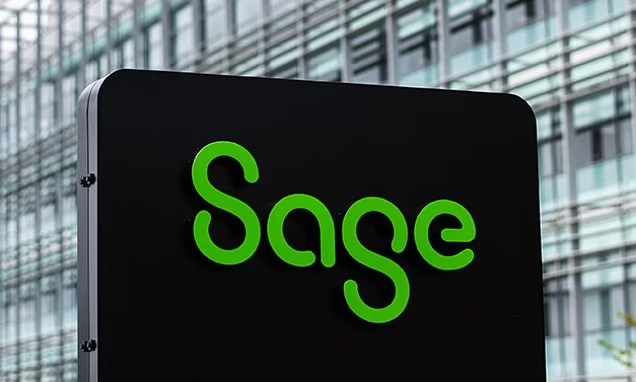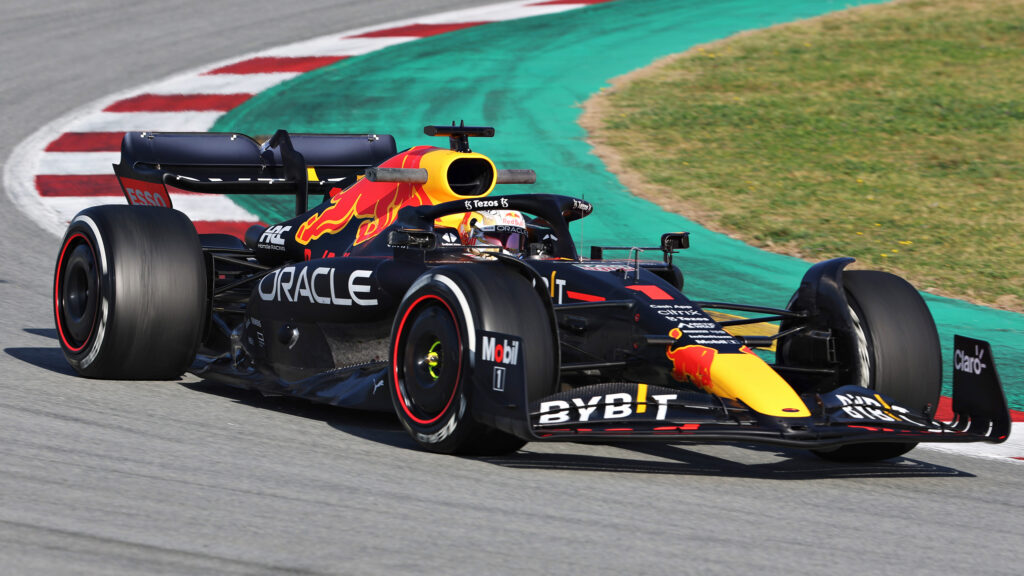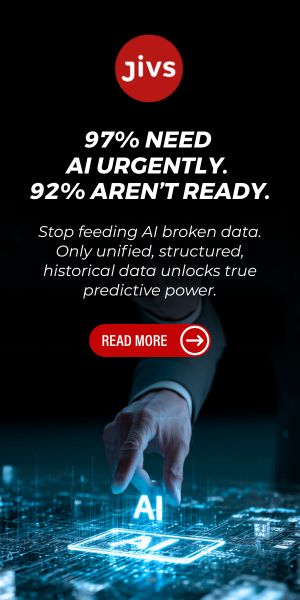 In Denmark, weather changes quickly—sunshine turning to downpours in a flash. And according to Morten Rye Christensen, CIO of Semler IT, that volatility is a fitting metaphor for digital transformation. “We had a lot of technical debt. Our old ERP system was reliable, but it held us back,” he explains. Today, Semler—a $6B Danish automotive juggernaut that imports, sells, services, and finances vehicles across Denmark and the Baltics—is orchestrating one of Europe’s boldest ERP transformations: a complete rebuild of its dealer management system on Microsoft Dynamics 365, with a healthy dose of Azure and AI.
In Denmark, weather changes quickly—sunshine turning to downpours in a flash. And according to Morten Rye Christensen, CIO of Semler IT, that volatility is a fitting metaphor for digital transformation. “We had a lot of technical debt. Our old ERP system was reliable, but it held us back,” he explains. Today, Semler—a $6B Danish automotive juggernaut that imports, sells, services, and finances vehicles across Denmark and the Baltics—is orchestrating one of Europe’s boldest ERP transformations: a complete rebuild of its dealer management system on Microsoft Dynamics 365, with a healthy dose of Azure and AI.
It’s not just a tech refresh—it’s a bid to future-proof the company against industry upheaval and redefine what enterprise IT can deliver across a 6,000-user, 140-location footprint.
Semler’s legacy infrastructure included 45-year-old systems built on mainframes, Lotus Notes, and custom code. Reliable? Sure. Agile and scalable? Not so much.
“The system worked, but our customers demanded more,” says Christensen. “Volkswagen Group, our key OEM partner, expects digital innovation. Internally, our teams needed smarter workflows and real-time data. We couldn’t deliver that with old tech.”
Enter: a cloud-based ERP overhaul using Microsoft Dynamics 365, enhanced with Icelandic ISV Annata’s automotive layer. With rollout scheduled for September 2026, Semler is staging a “big bang” go-live across 4,000 users in a single day. That means not just migrating data—but transforming processes, retraining staff, and building an entirely new operating model.—
Embracing Generative AI and Azure Innovation
Semler didn’t stop at Dynamics. The company has embedded Azure OpenAI into its ecosystem with a custom-built language model called “Semler GPT.” Originally a proof-of-concept Power App in 2023, the assistant has matured into a full enterprise AI companion.
“One use case is for our used-car sales advisors,” Christensen says. “They enter a registration number, and the AI pulls data from factory systems and our databases to generate a listing. It writes the ad with the right tone of voice—Audi luxury feels different than a Volkswagen Golf.”
Even more impressive? The tool also estimates optimal pricing by analyzing market dynamics and historical sales data.
But Christensen is clear: this isn’t about cutting jobs. “It’s about quality. Freeing up people’s time for more meaningful tasks. We’re not reducing FTEs—we’re raising the bar.”
Digital Adoption: Where Whatfix Fits In
Semler’s definition of transformation success isn’t just about deployment—it’s about adoption. “We talk about the J-curve,” Christensen explains. “Productivity drops right after go-live. But the faster we get our people climbing the curve again, the faster we unlock business value.”
That’s where Whatfix, a digital adoption platform, comes into play. “We’re integrating Whatfix with Semler GPT. So when users ask how to do something—like ‘create a sales order for a new car’—they’re not just shown a document. The AI starts the process for them. Eventually, agents may do the entire task.”
This “one interface to rule them all” vision is foundational to Semler’s user experience strategy. From booking time off to checking lunch menus, the enterprise interface is being simplified and reimagined through AI.
Data Readiness and Integration: Not Just a Checkbox
With AI, everything hinges on data readiness—and Christensen knows it.
“GDPR forced us to start cleaning customer data back in 2018,” he says. “Since then, every automation project has pushed us to mature our data governance.”
Even so, some use cases—especially customer-facing AI—are still out of reach. “We have high internal usage, like call-center assistants. But until data quality improves, exposing these tools externally isn’t feasible.”
To unify its systems, Semler built an integration platform in Azure. Over 200 integrations—ranging from OEM factory systems to tire partners—run through this layer. It’s not a traditional enterprise service bus, but rather a loosely coupled microservices model. “It gives us full control, auditability, and scalability,” Christensen says.
Industry Matters
Why Microsoft? The availability of a complete platform—ERP, cloud, AI, Power Platform, and Office 365—played a role, but Christensen says the ISV offering was the clincher.
“We needed a full-scale automotive solution,” he notes. “When we found out Anetta was building that on Dynamics, and that we already used Microsoft heavily, it made sense. That said, CE and Finance and Operations aren’t fully integrated. It’s not quite plug-and-play.”
Semler’s also helping shape the Anetta solution, providing requirements and helping the ISV meet Volkswagen certification standards. “It’s a co-build, not just an implementation,” Christensen says.
Looking Ahead: From AI to In-Car Commerce
Christensen sees the future filled with agentic AI, embedded services, and predictive analytics.
“We’re starting to support in-car commerce—apps people can buy directly from their car’s interface. That has to connect back to our ERP,” he explains. “We’re also investing in predictive inventory management. When you hold a car, you’re tying up a lot of capital. Forecasting demand more precisely will be crucial.”
As compute power increases and models evolve, Christensen expects more business decisions to be AI-assisted. But first? “Still a lot of data governance to do,” he admits with a smile.
What this means for ERP Insiders
ERP is now an ecosystem, not just a system. Semler’s transformation illustrates a broader market shift: ERP is no longer a monolith. It’s a foundation that’s only valuable when paired with cloud-native integration, AI augmentation, and continuous user enablement. Microsoft’s platform strategy—combining Dynamics 365 with Azure, Power Platform, and copilots—lets companies design modular, adaptive ecosystems. ERP leaders should not only focus on core functionality, but also on how AI agents, digital assistants, and self-healing data architectures amplify value across the entire process landscape.
AI is real, but readiness is everything. Semler GPT shows that even mid-sized companies can build custom AI assistants if they have the right cloud infrastructure, data models, and culture of experimentation. But most ERP customers are still in “data denial”—overestimating the cleanliness and usability of their information. Tech leaders must prioritize metadata enrichment, master data consolidation, and data governance policies now, or risk failing to operationalize AI even when tools like Whatfix or Microsoft Copilot become turnkey.
Digital adoption platforms could be the missing link. The biggest ROI blocker for ERP investments isn’t architecture—it’s behavior. Semler’s pairing of Whatfix with AI assistants provides a compelling blueprint for how to accelerate user adoption and shorten the post-go-live productivity dip. By embedding training, guidance, and automated workflows directly into the user interface, companies can shift from “train the user” to “empower the user.” For Microsoft Dynamics customers especially, combining Whatfix’s contextual guidance with Azure-native AI could be a game-changer for long-term ERP success.
